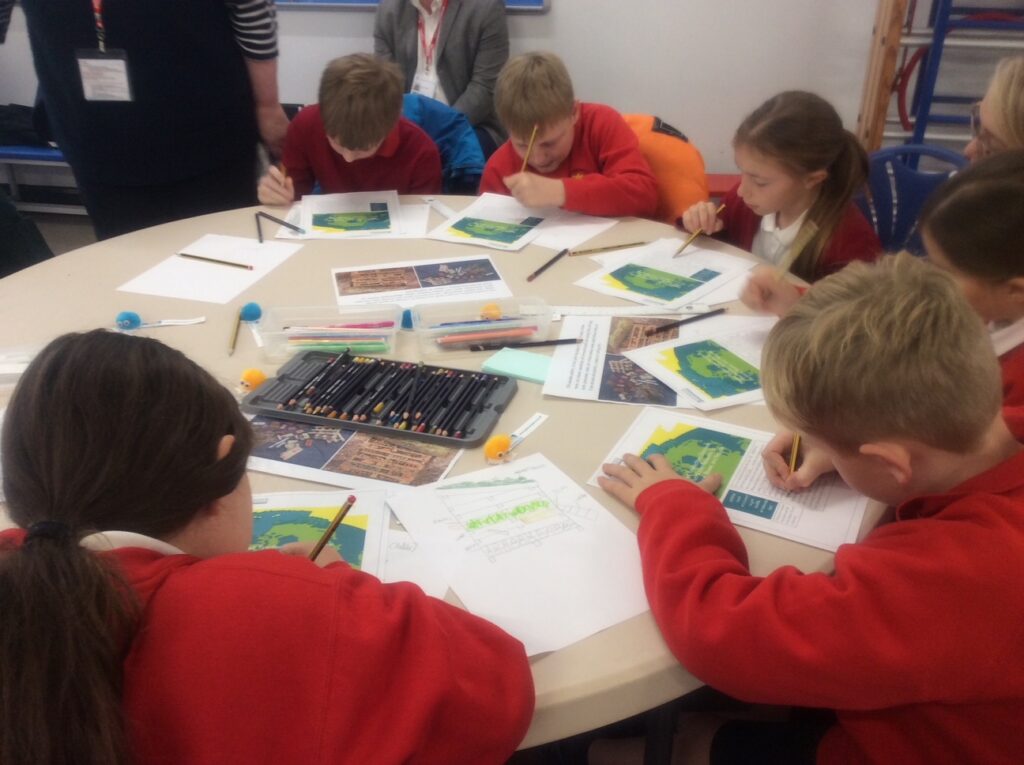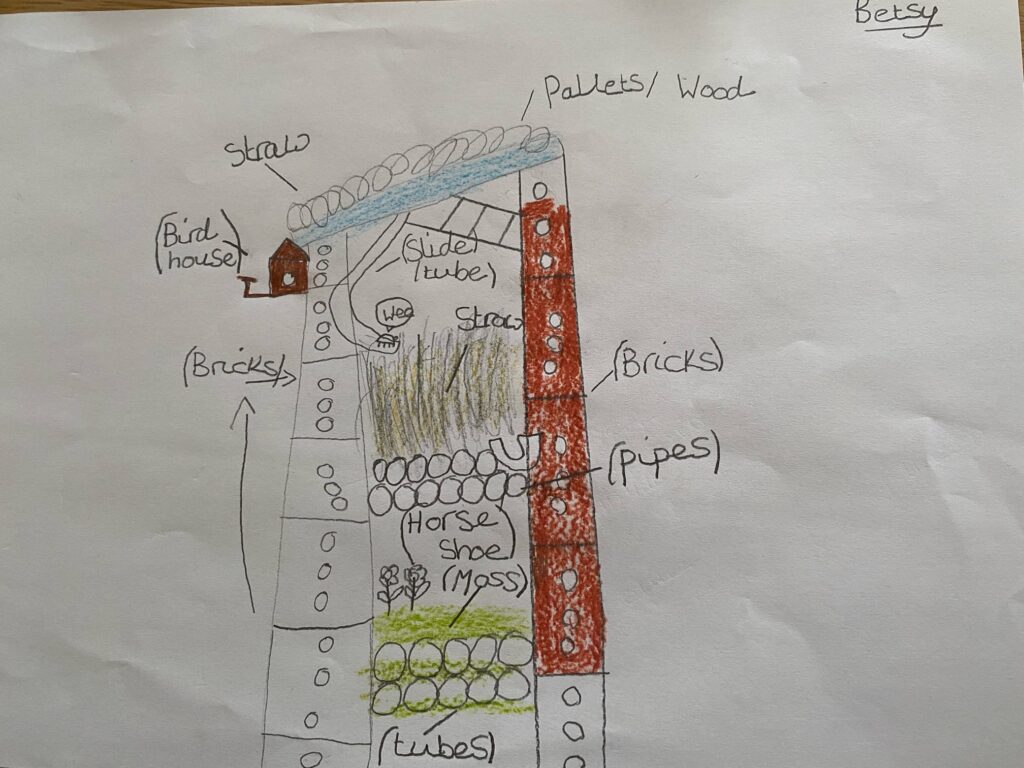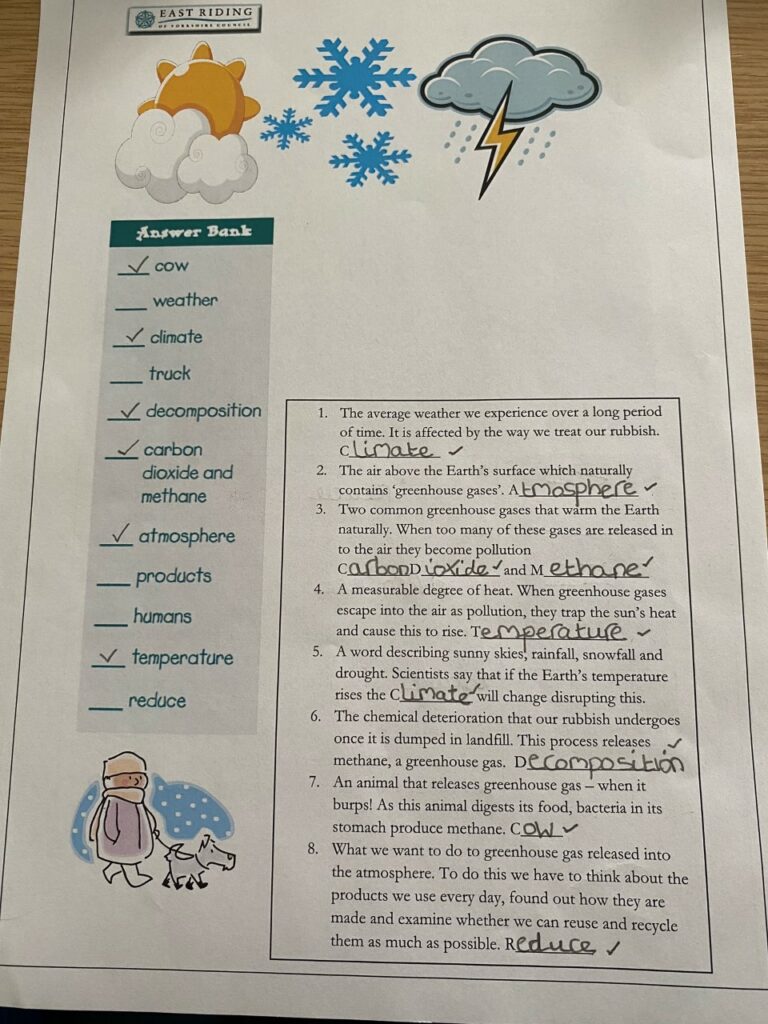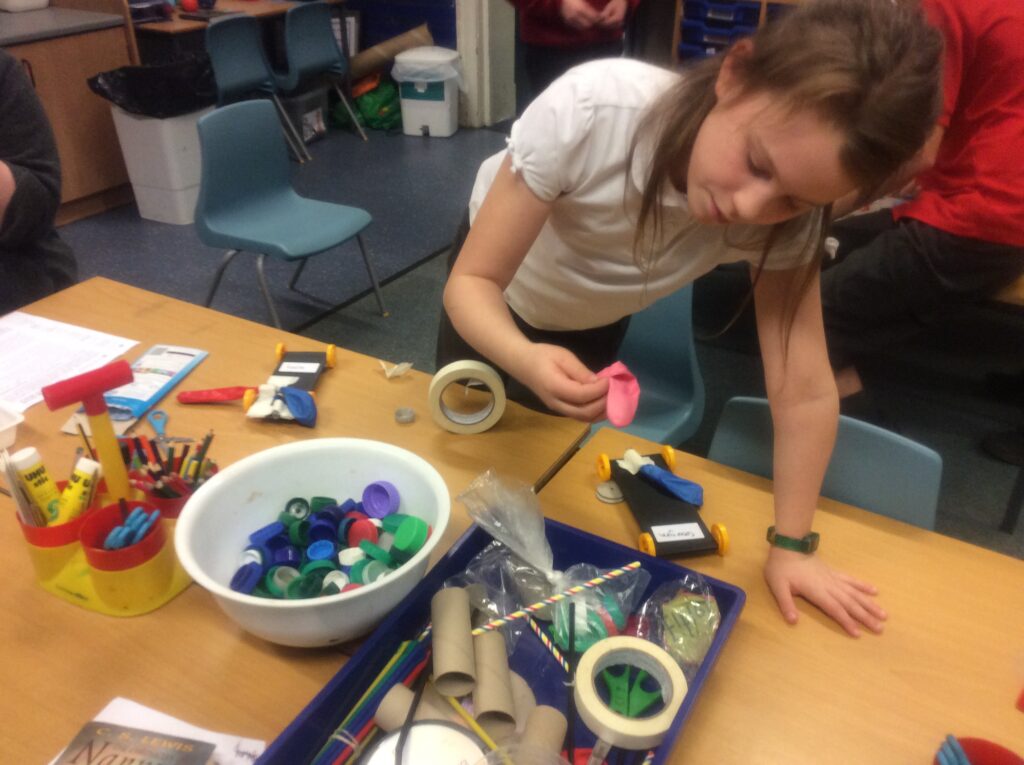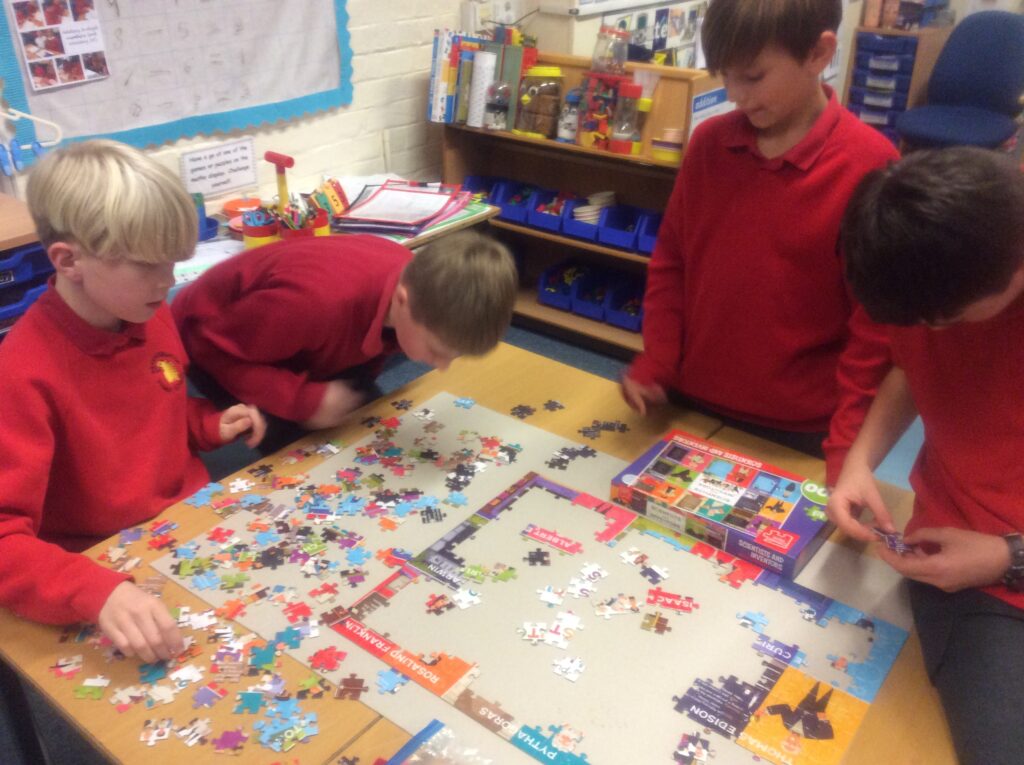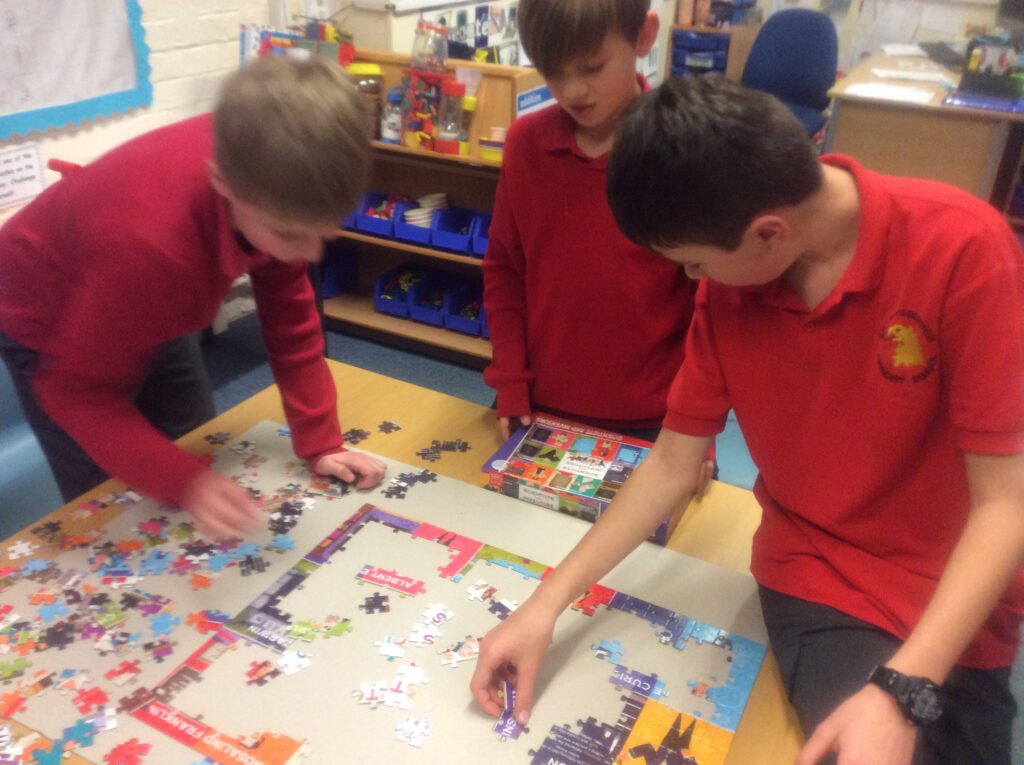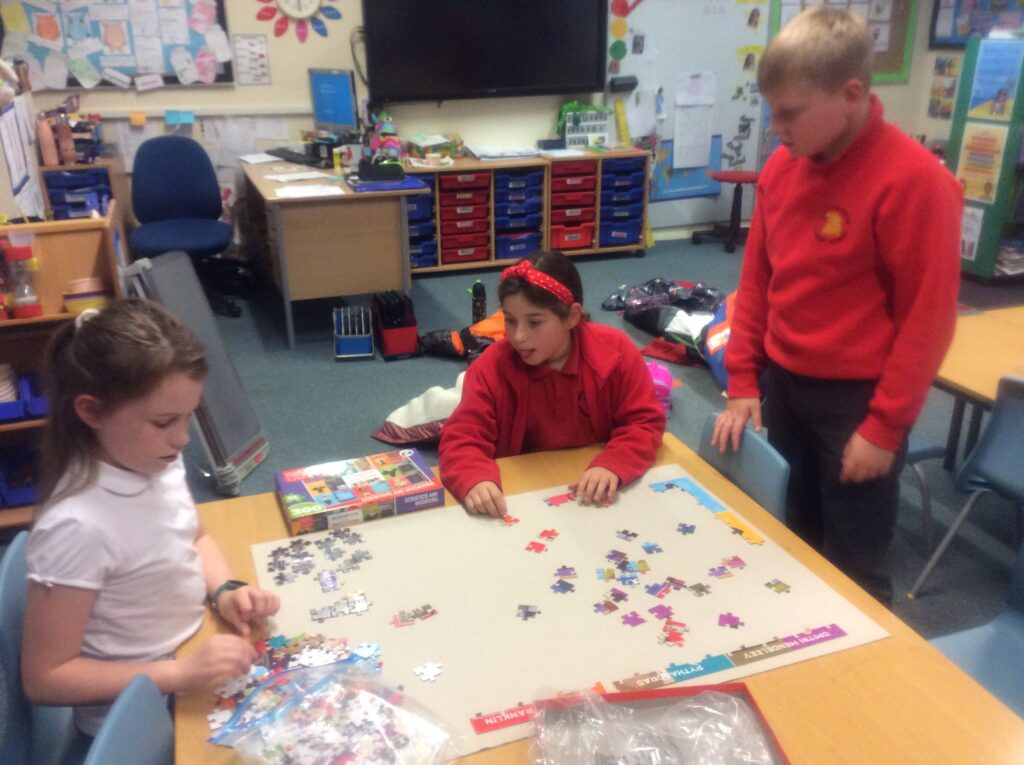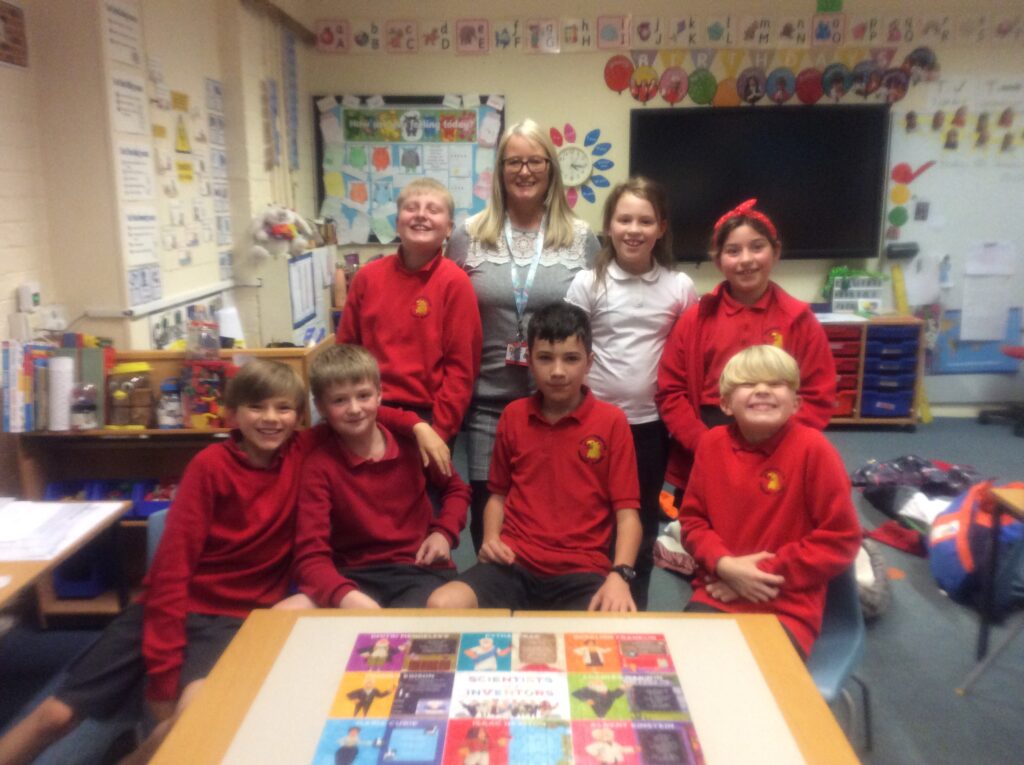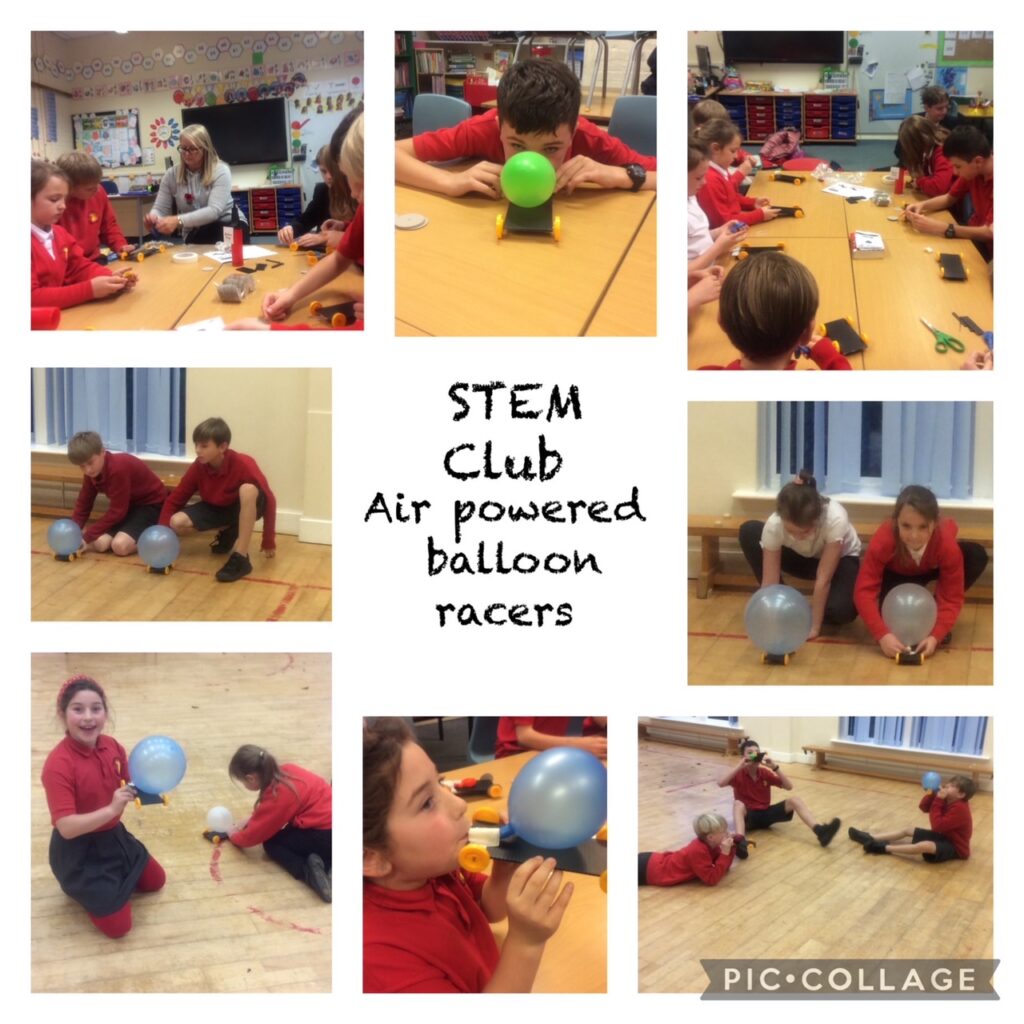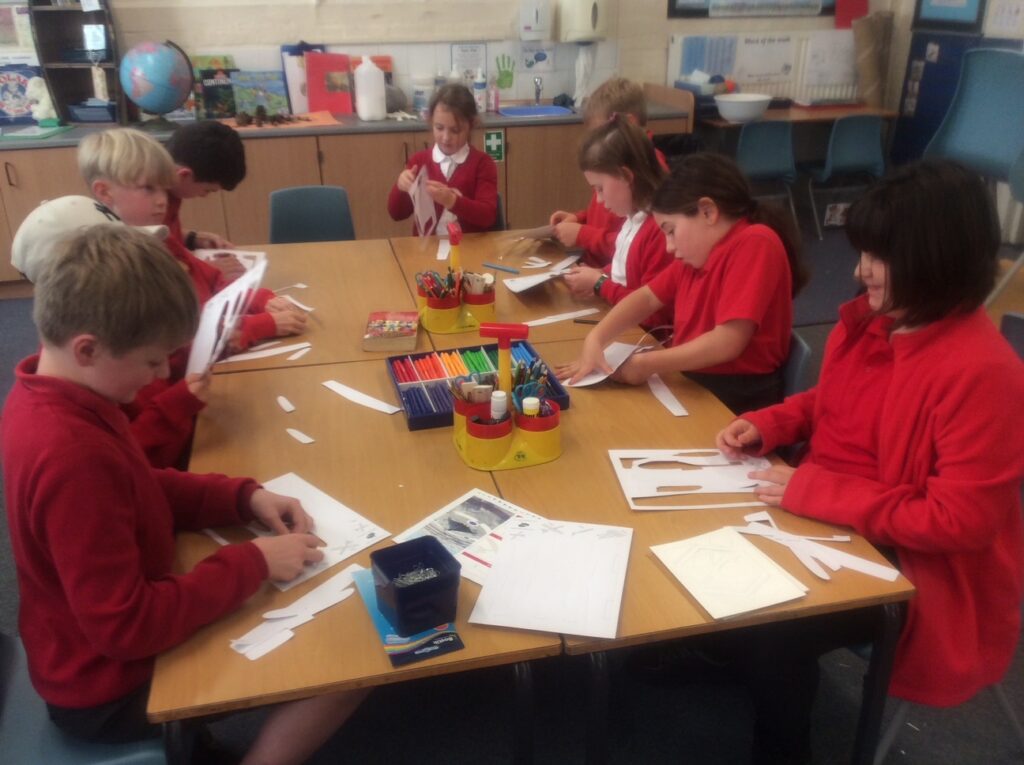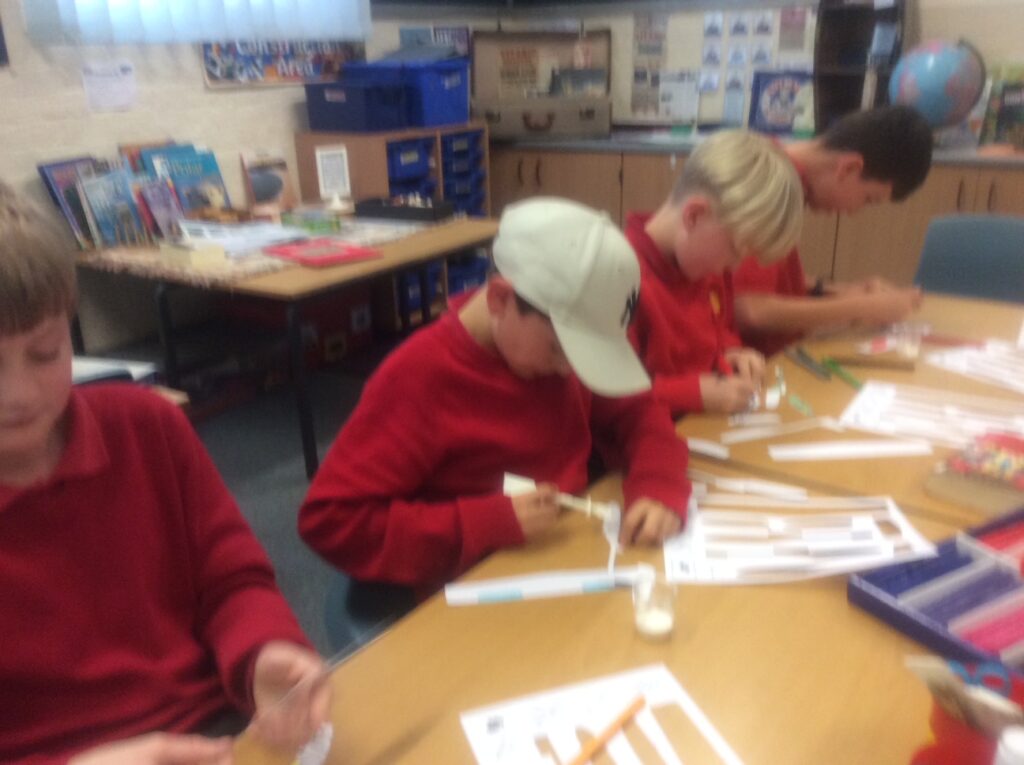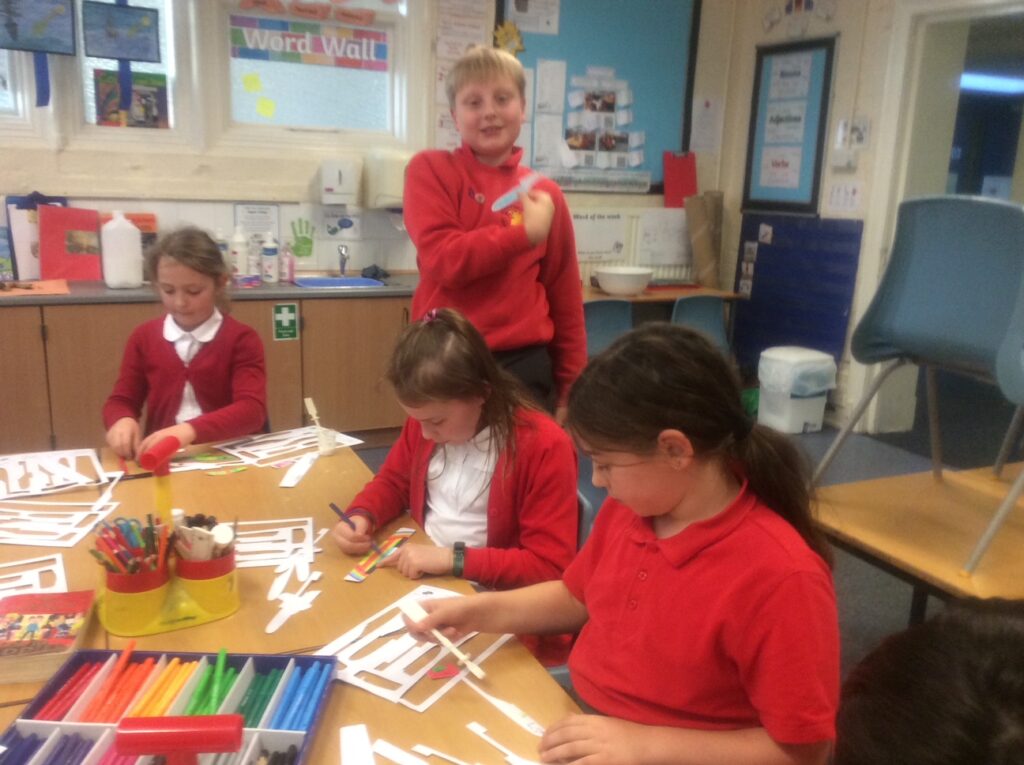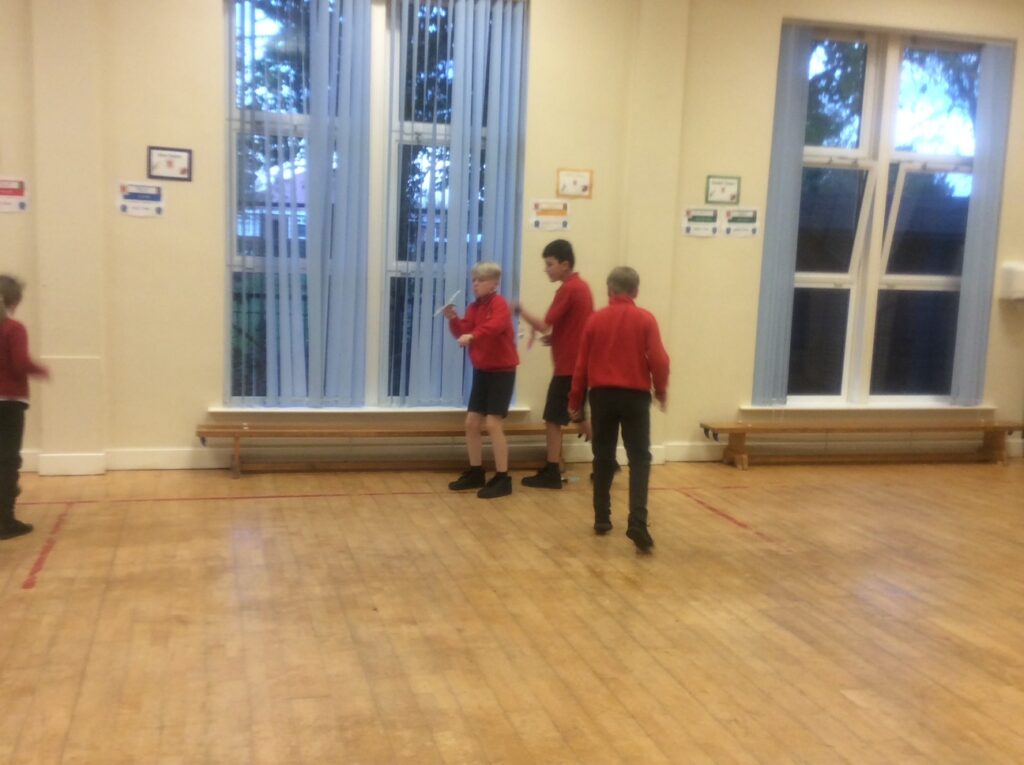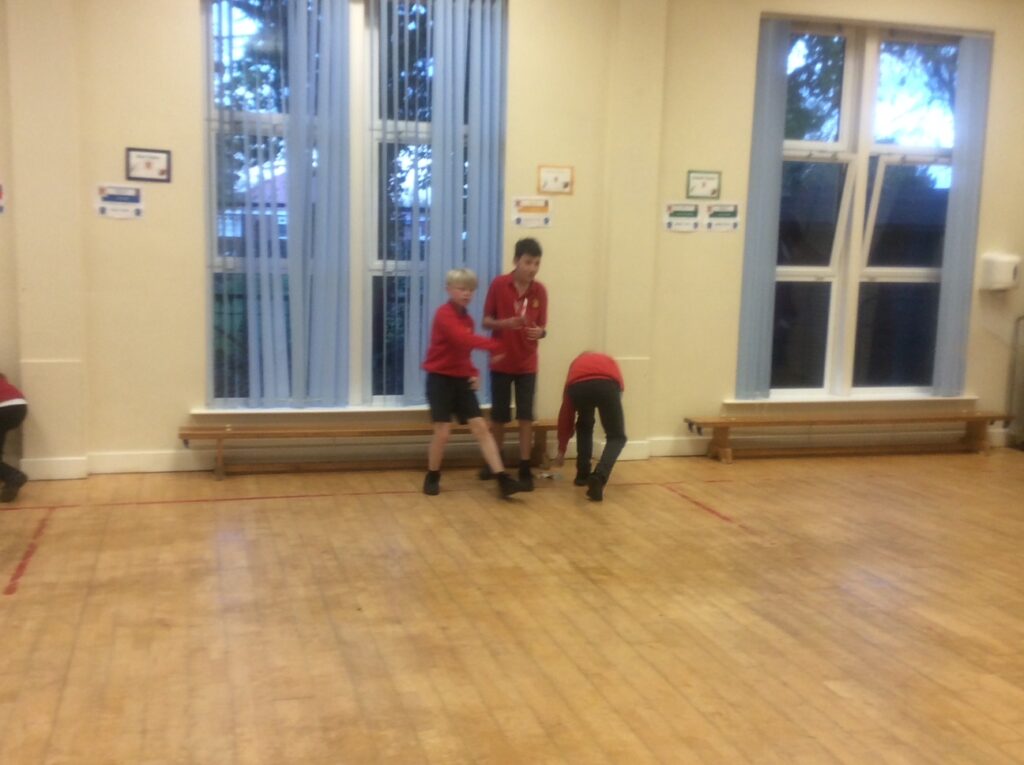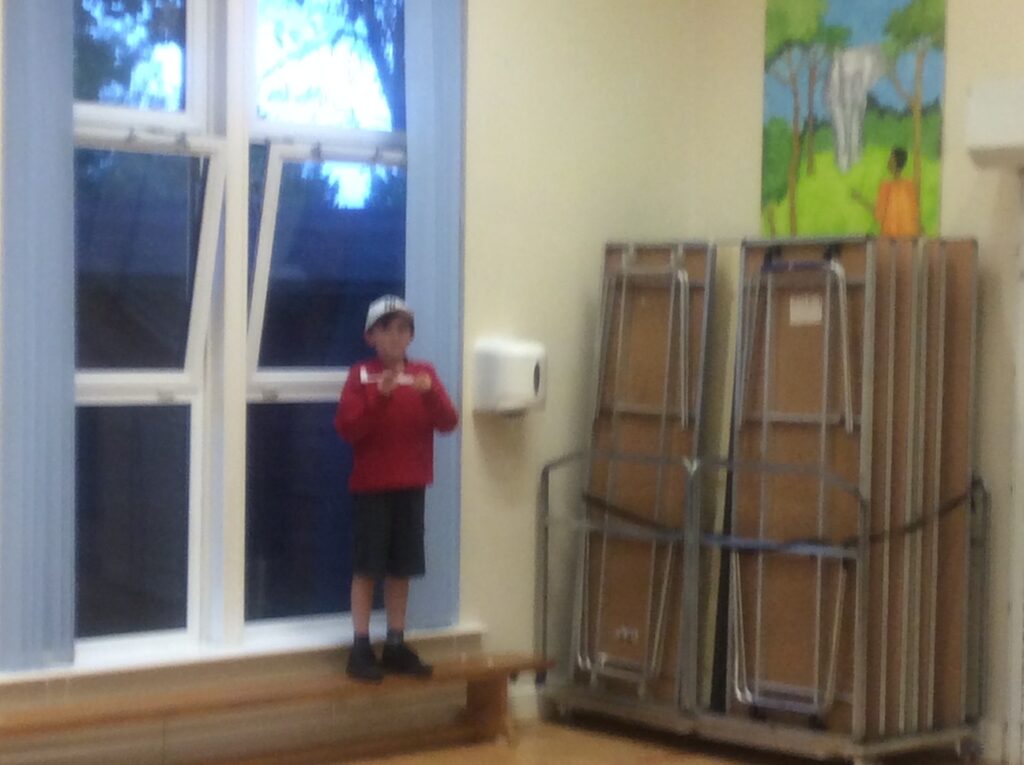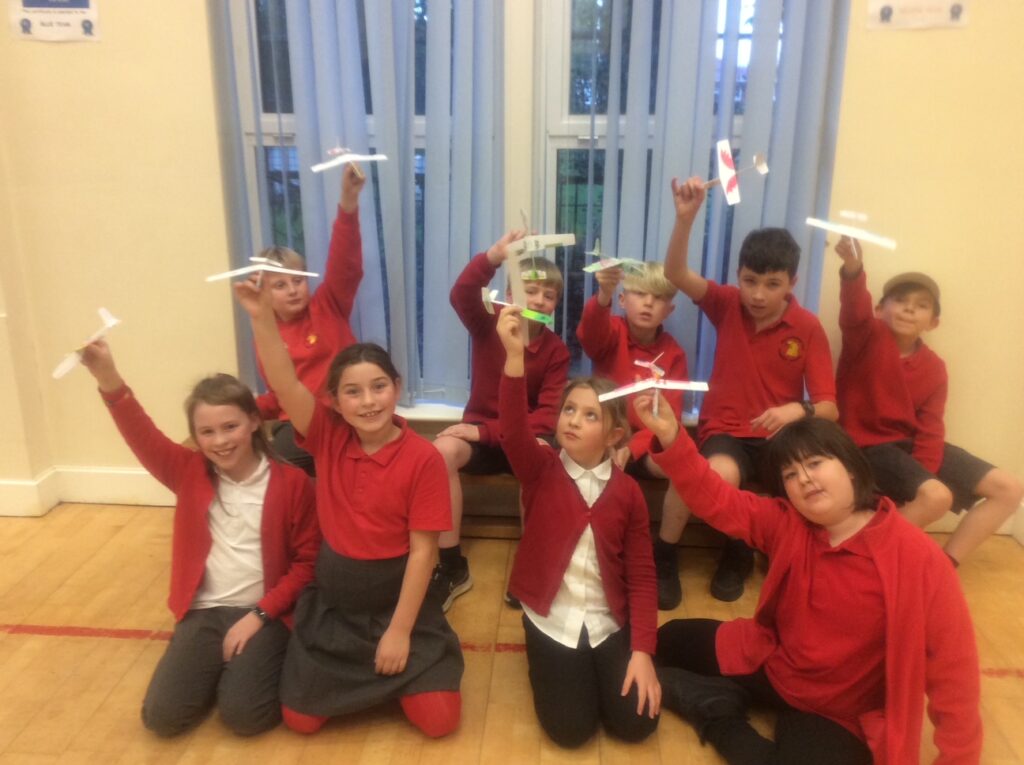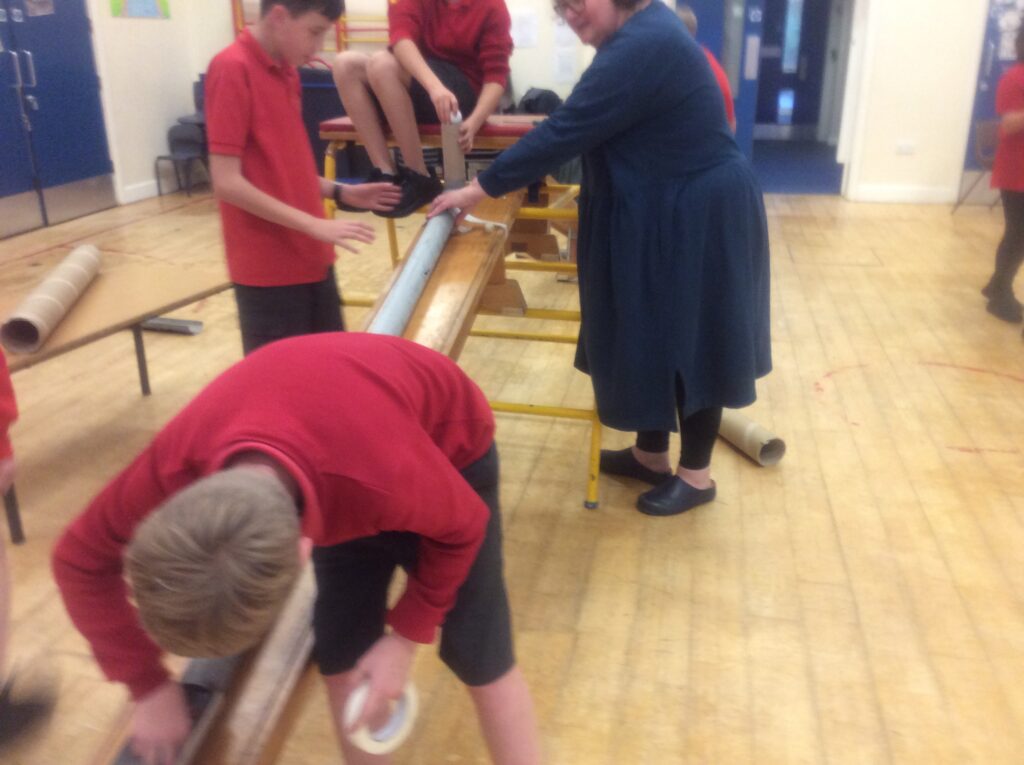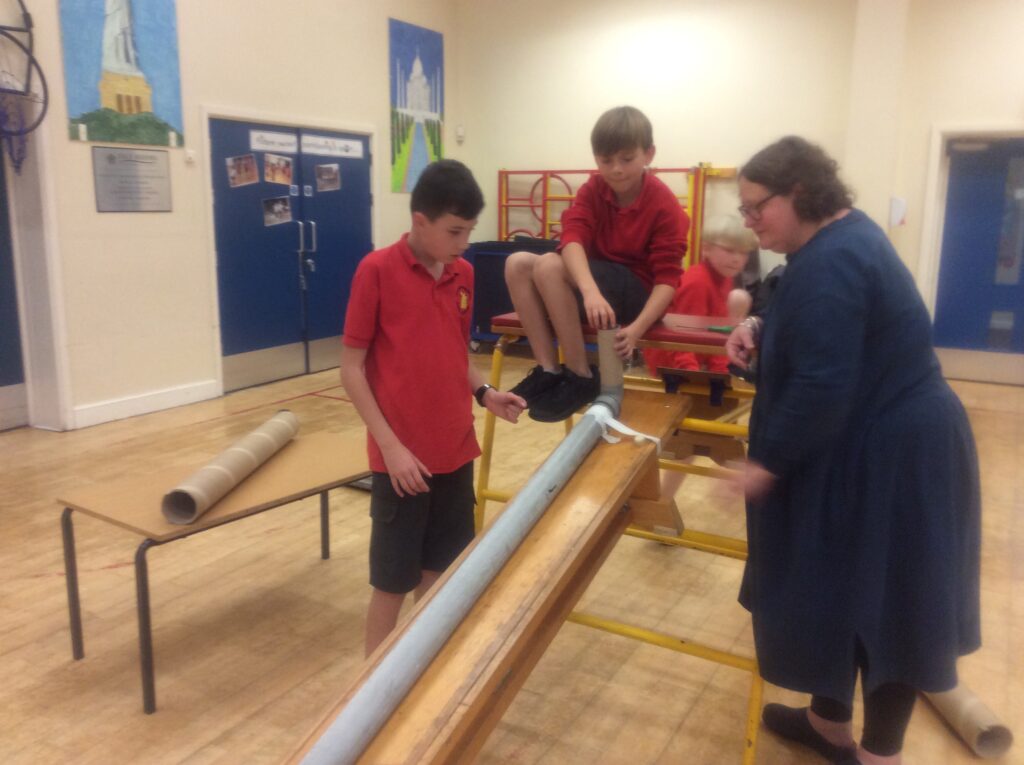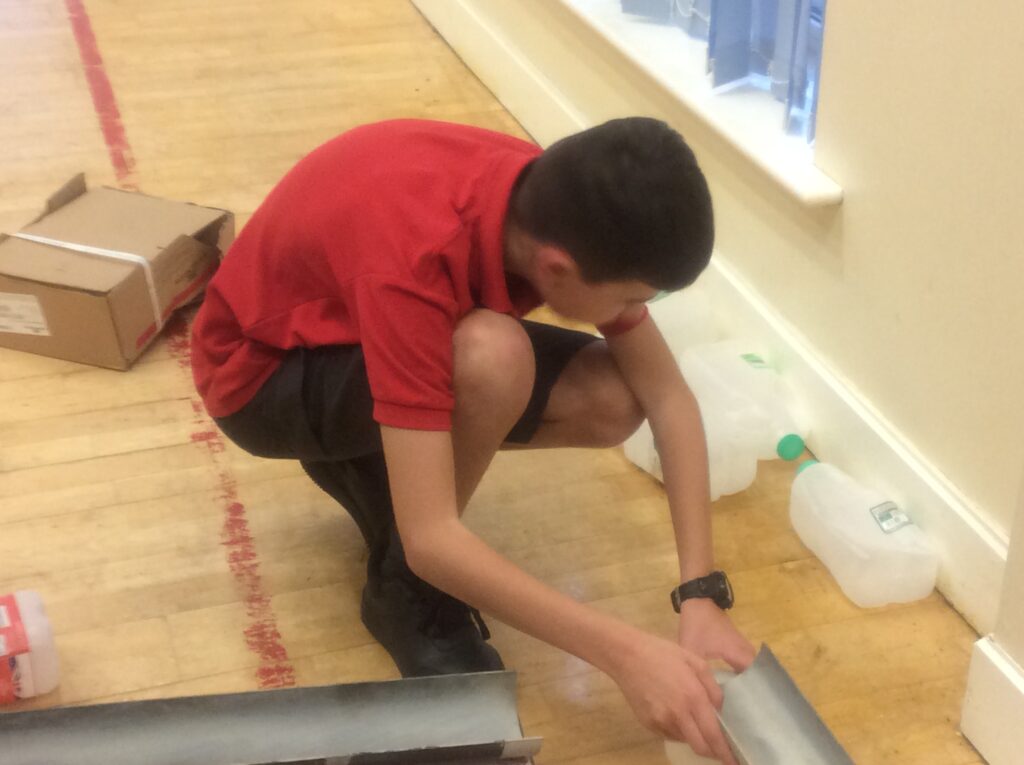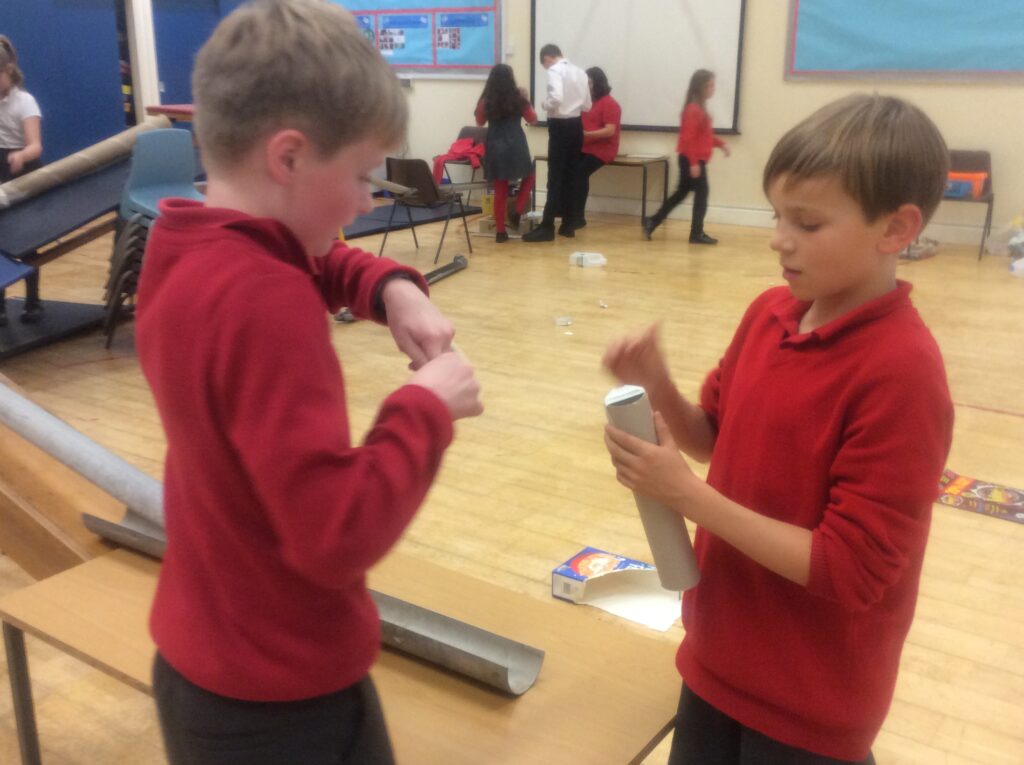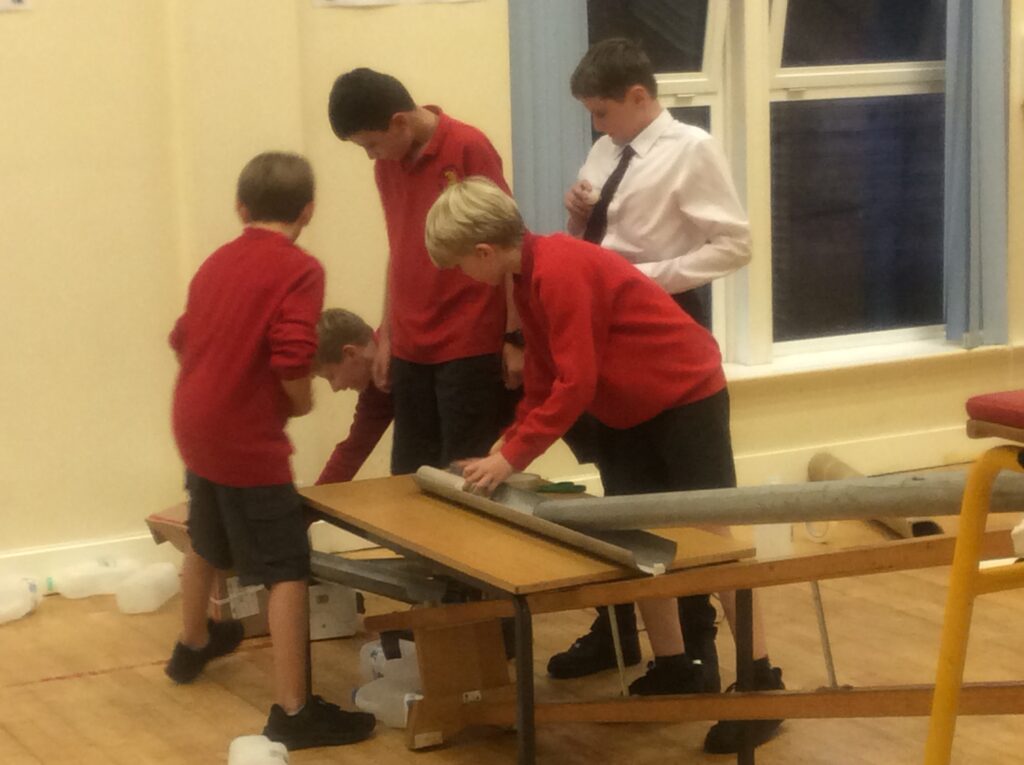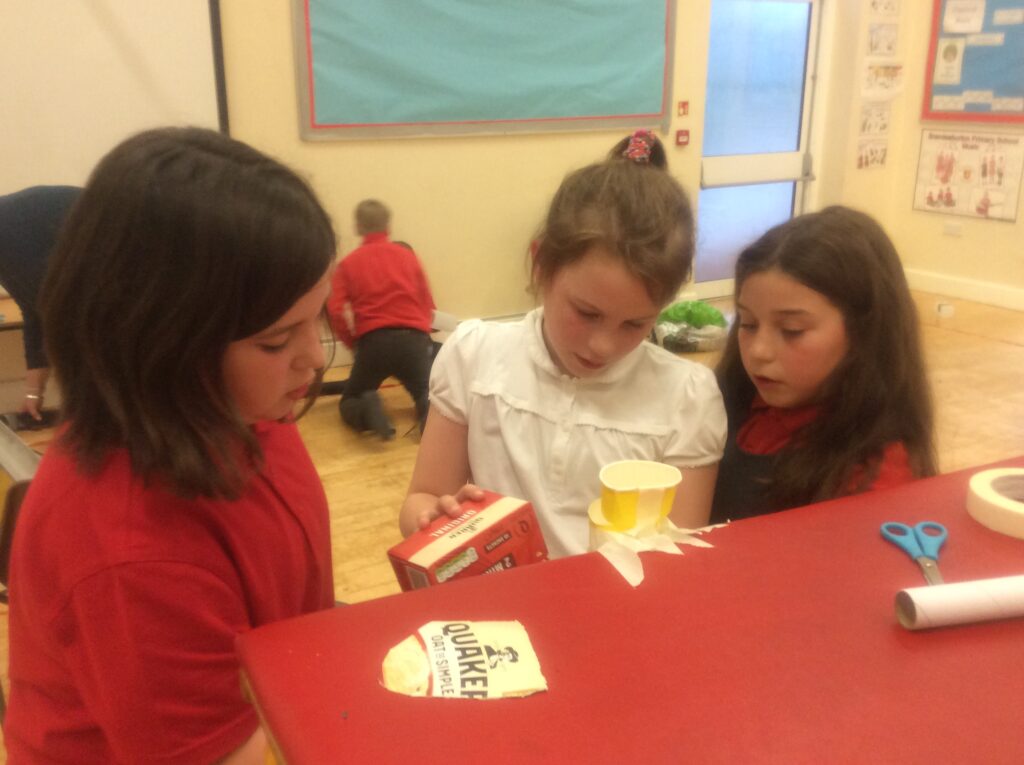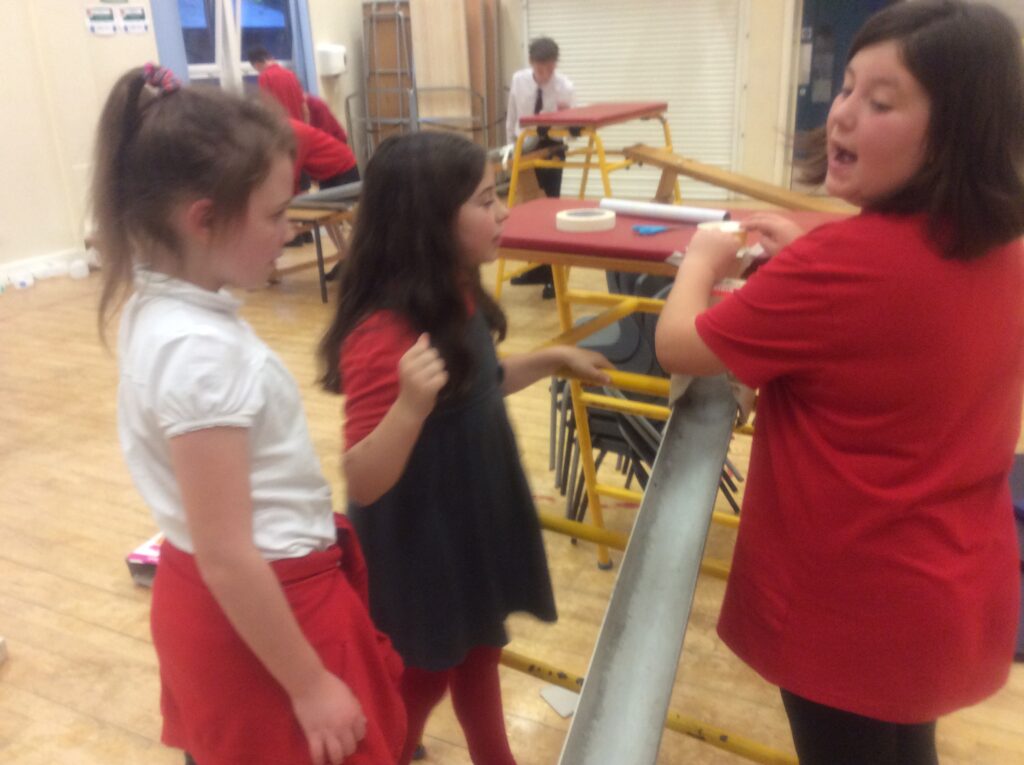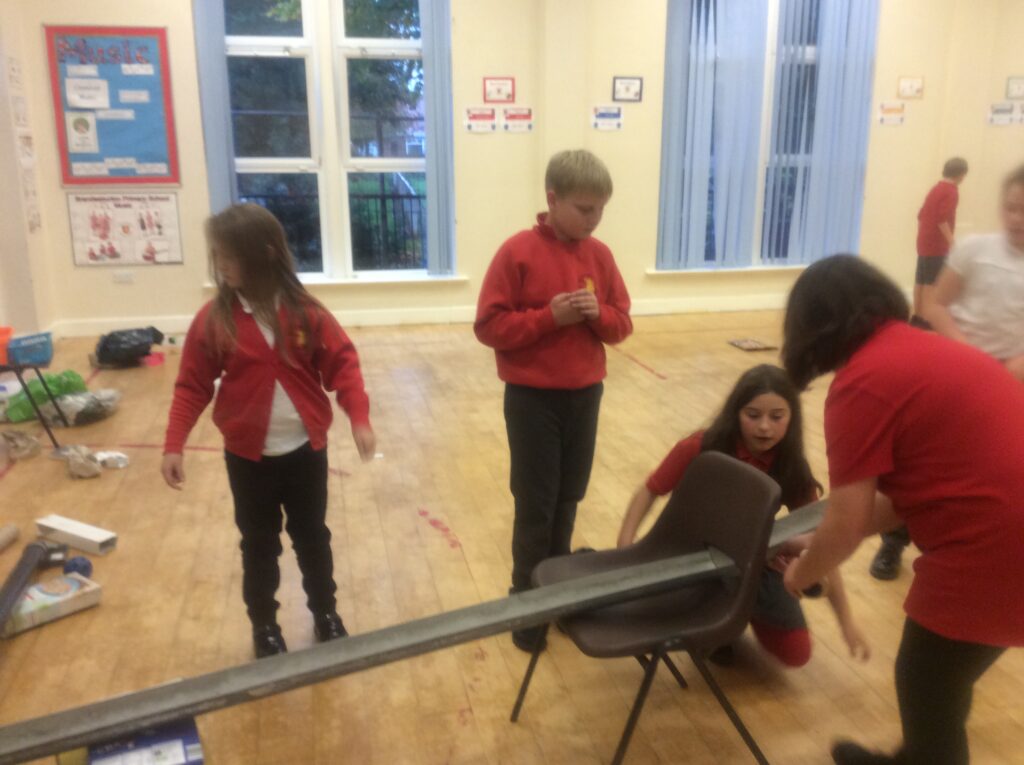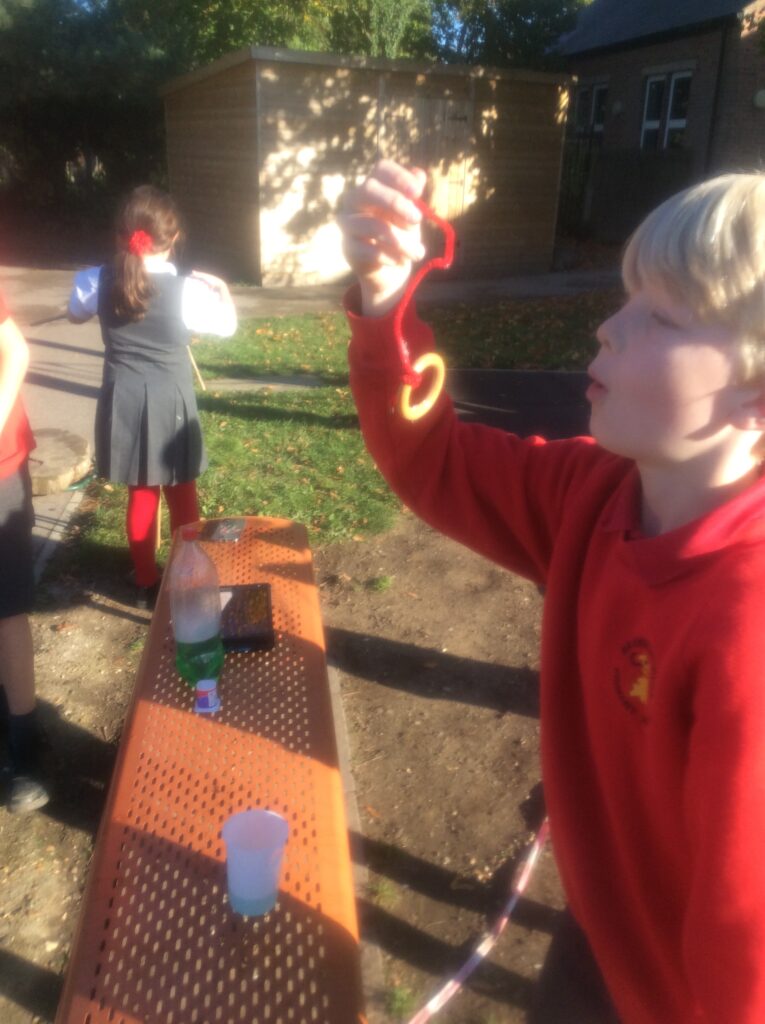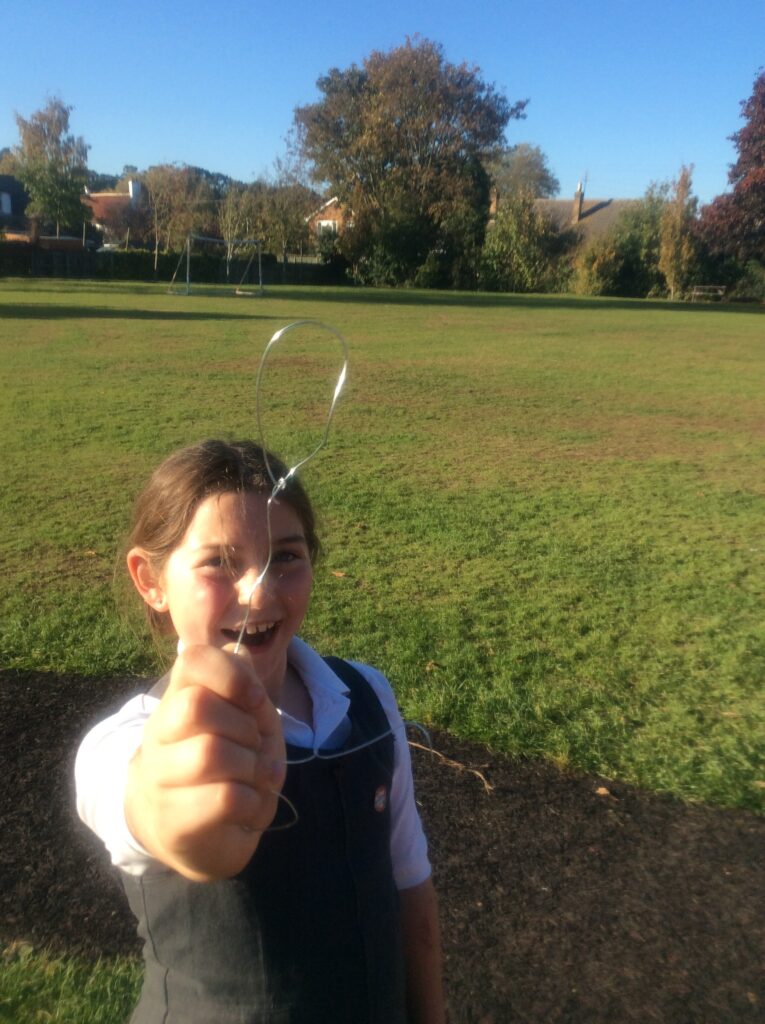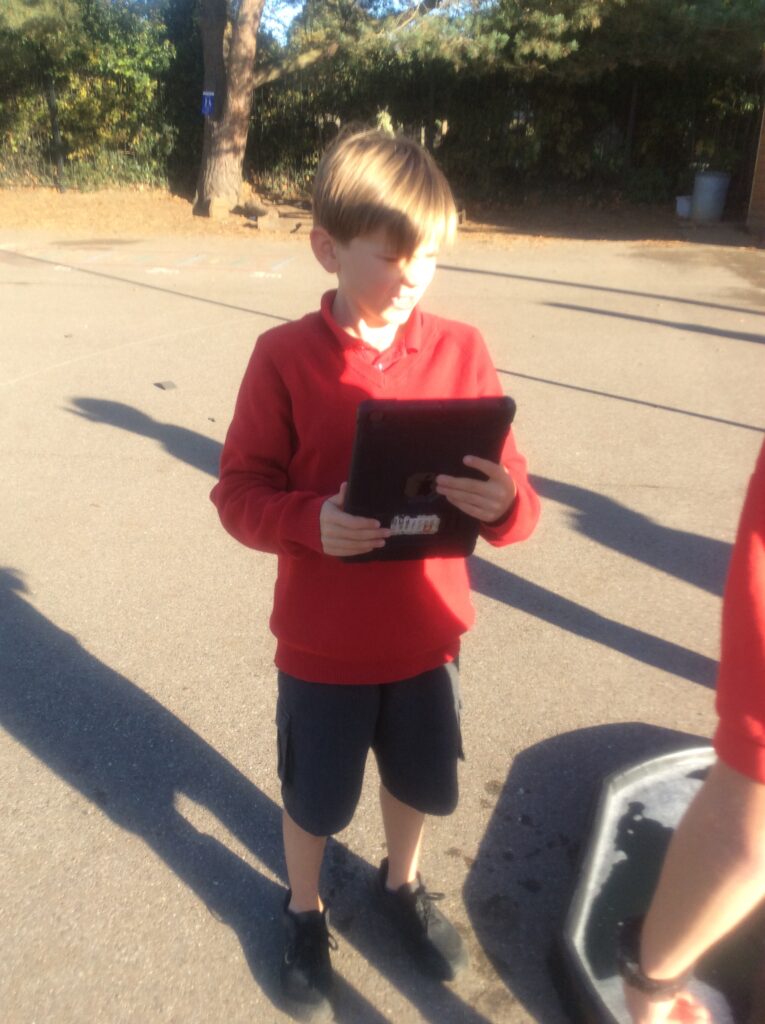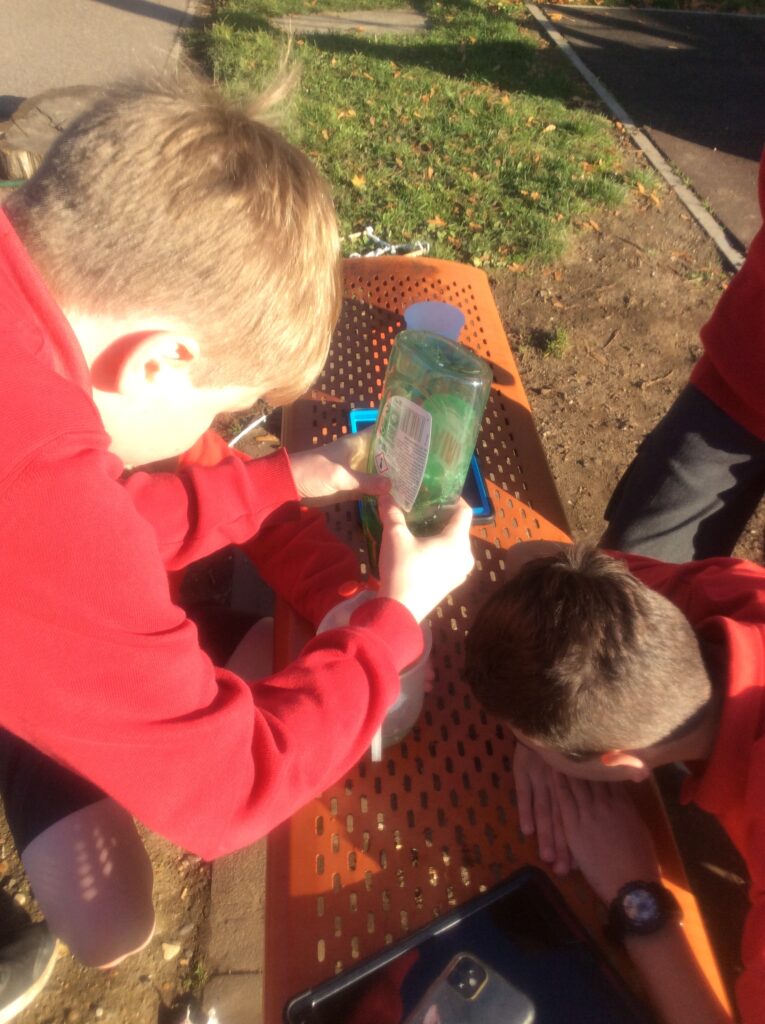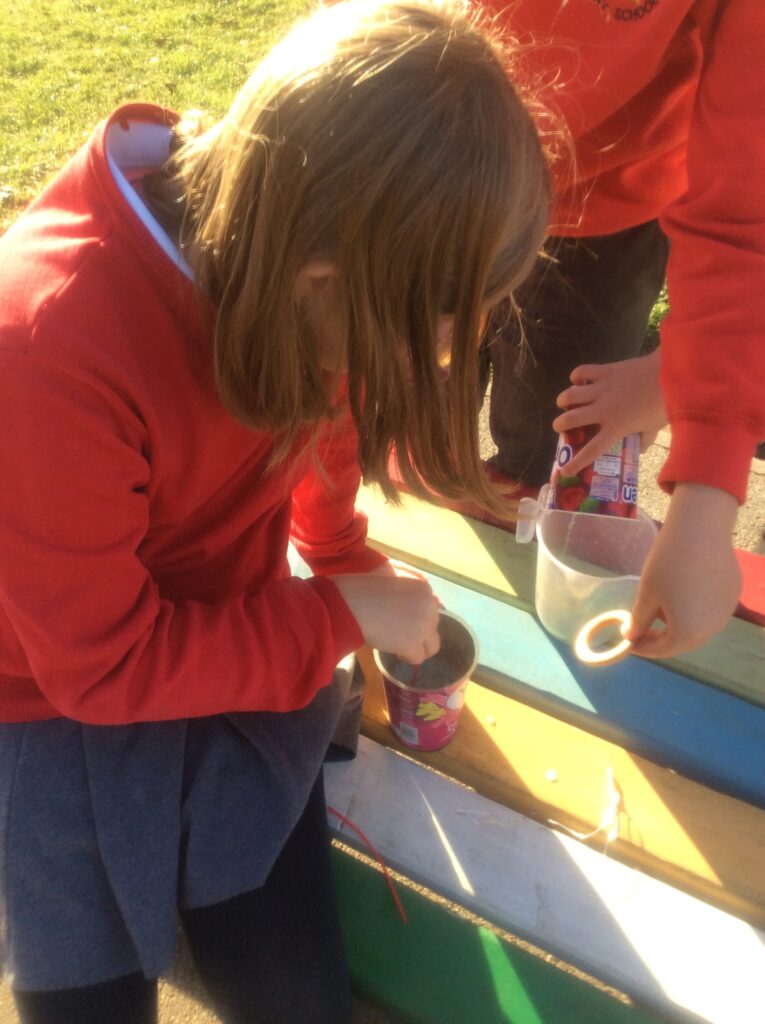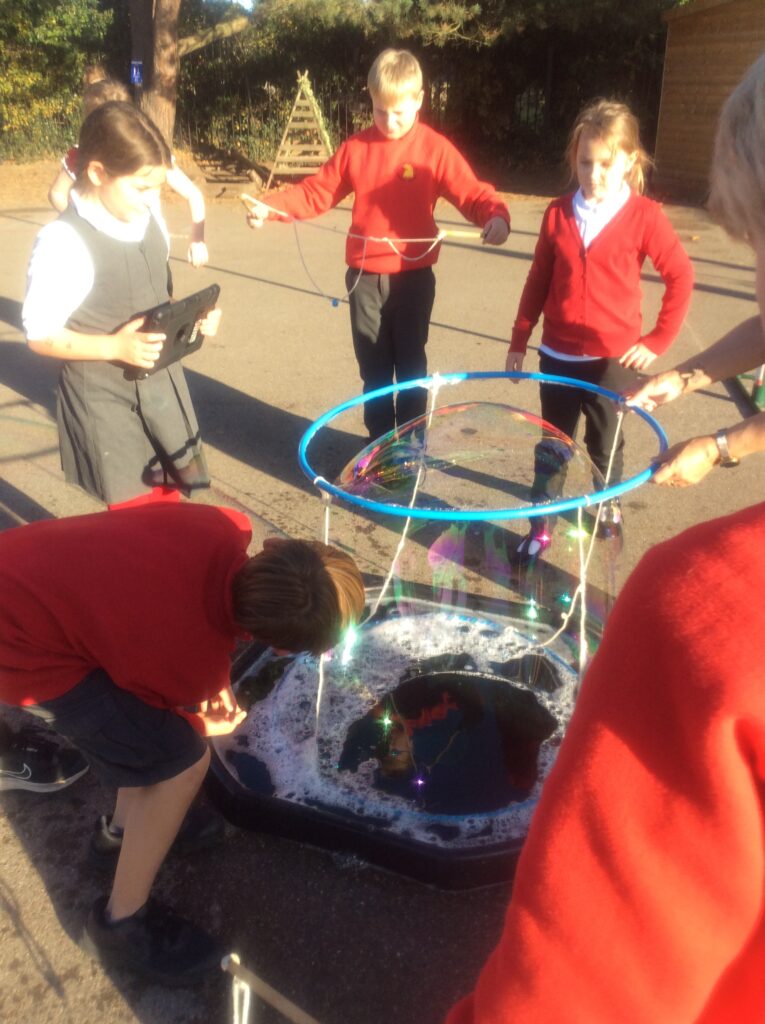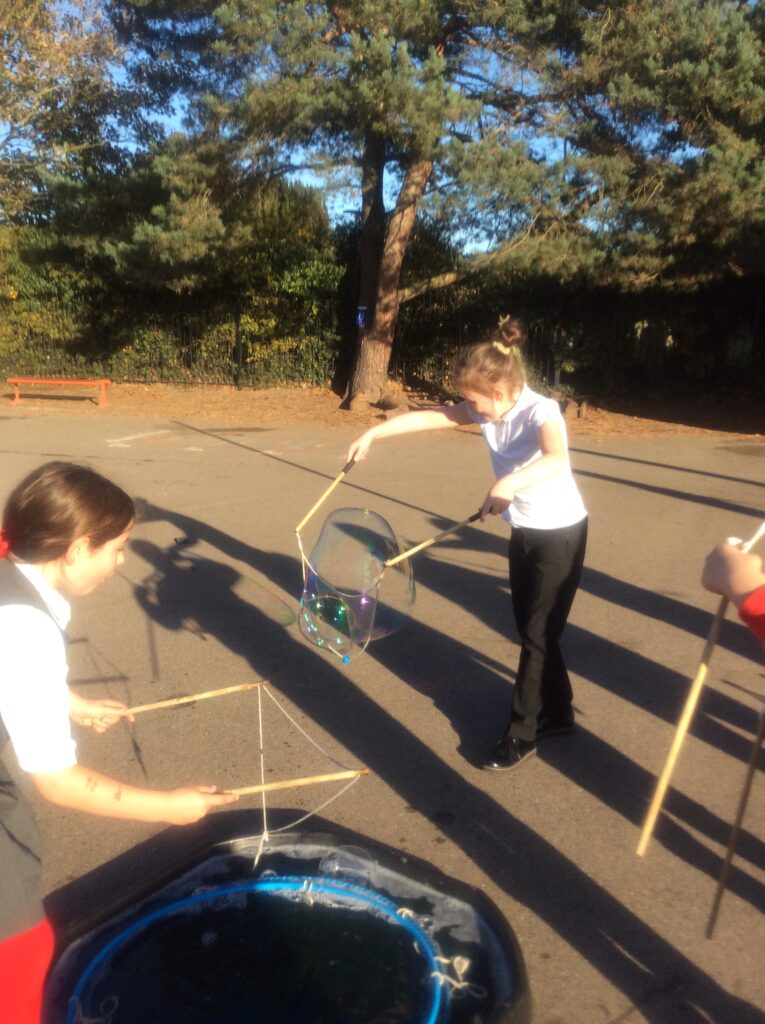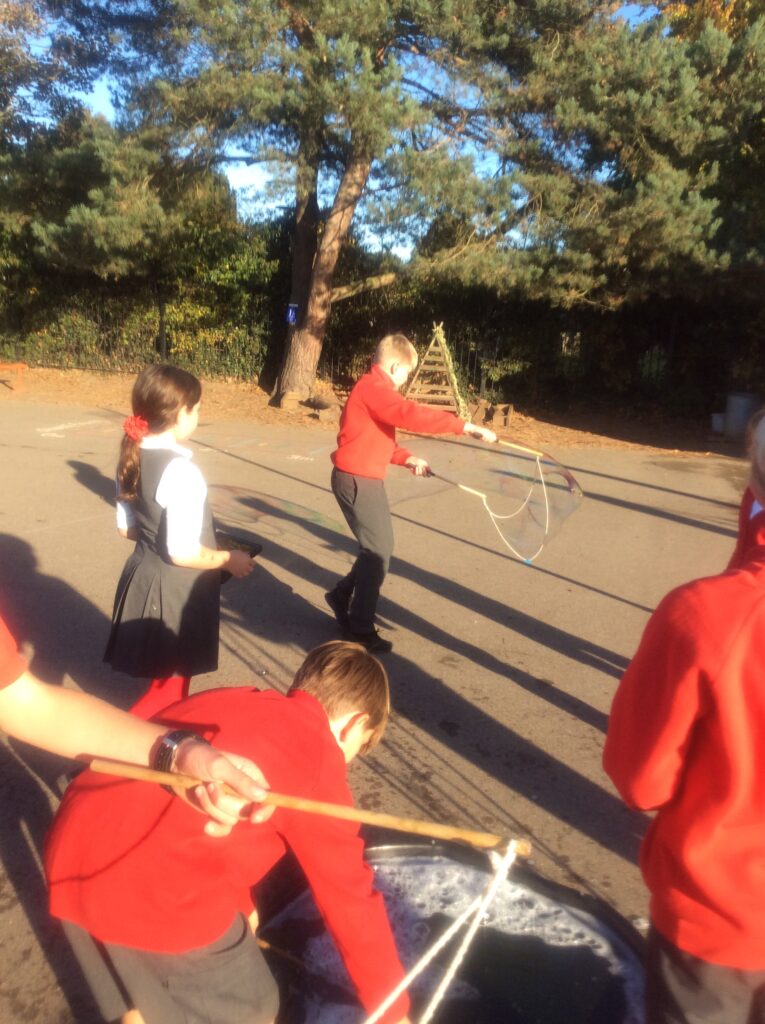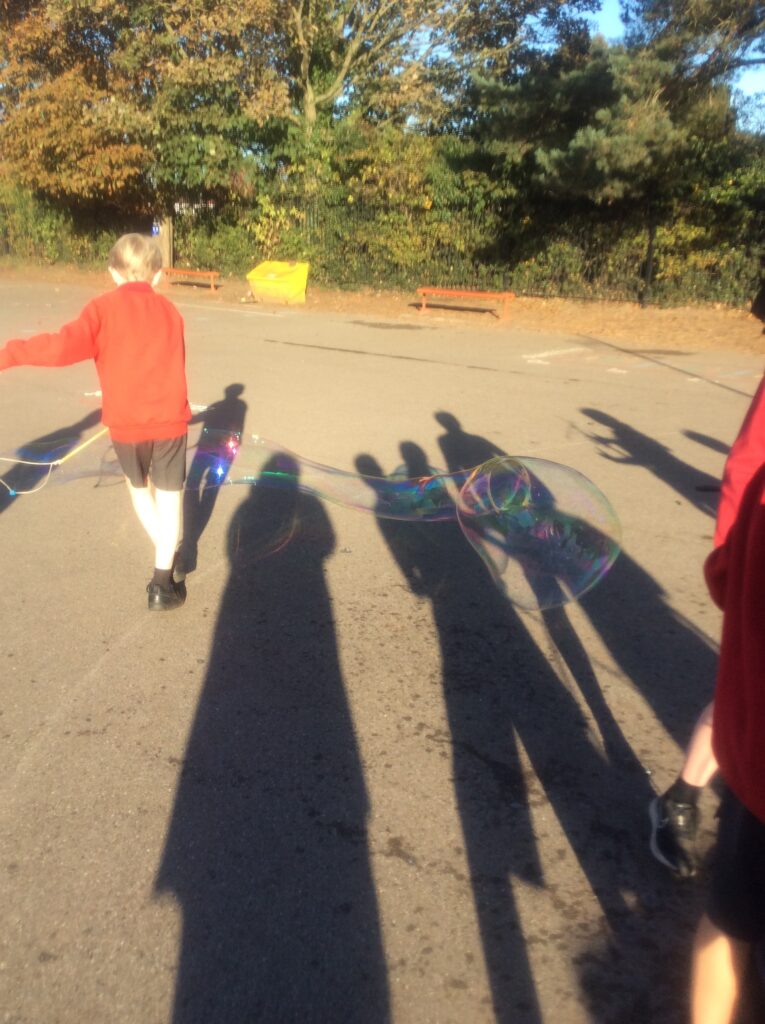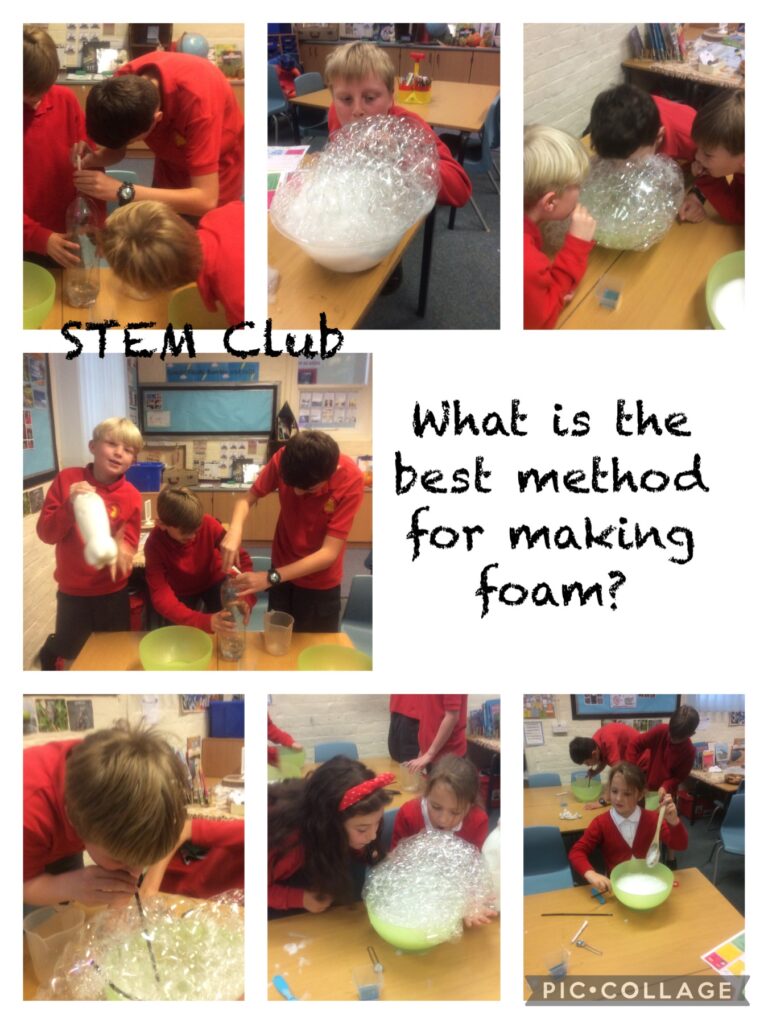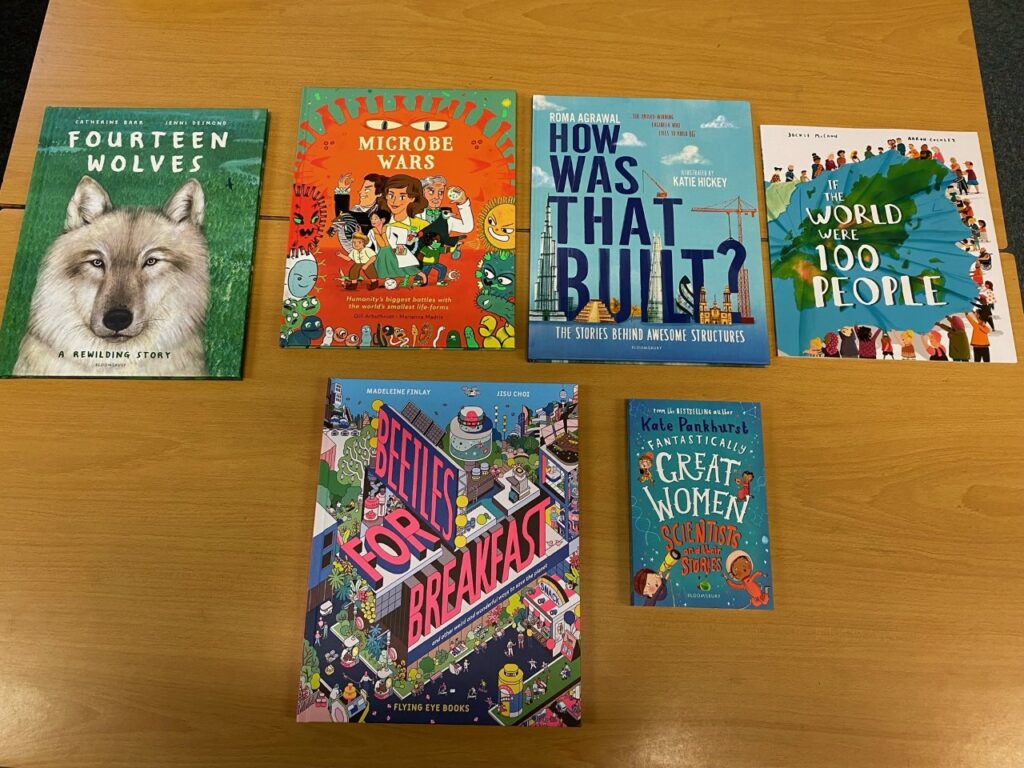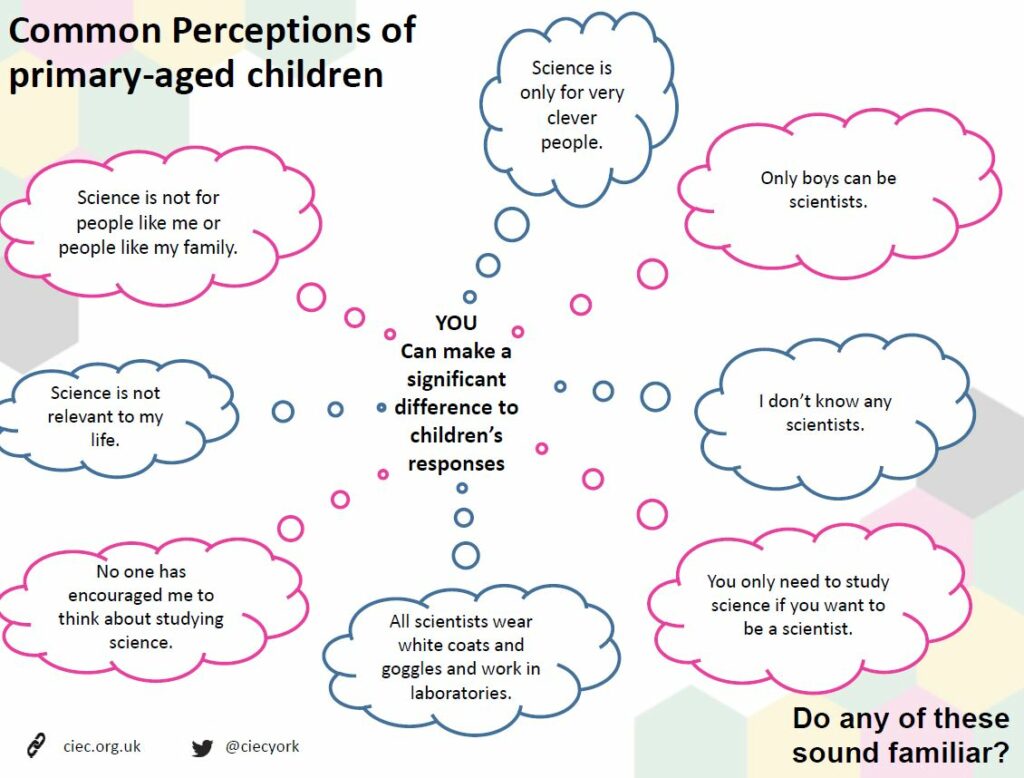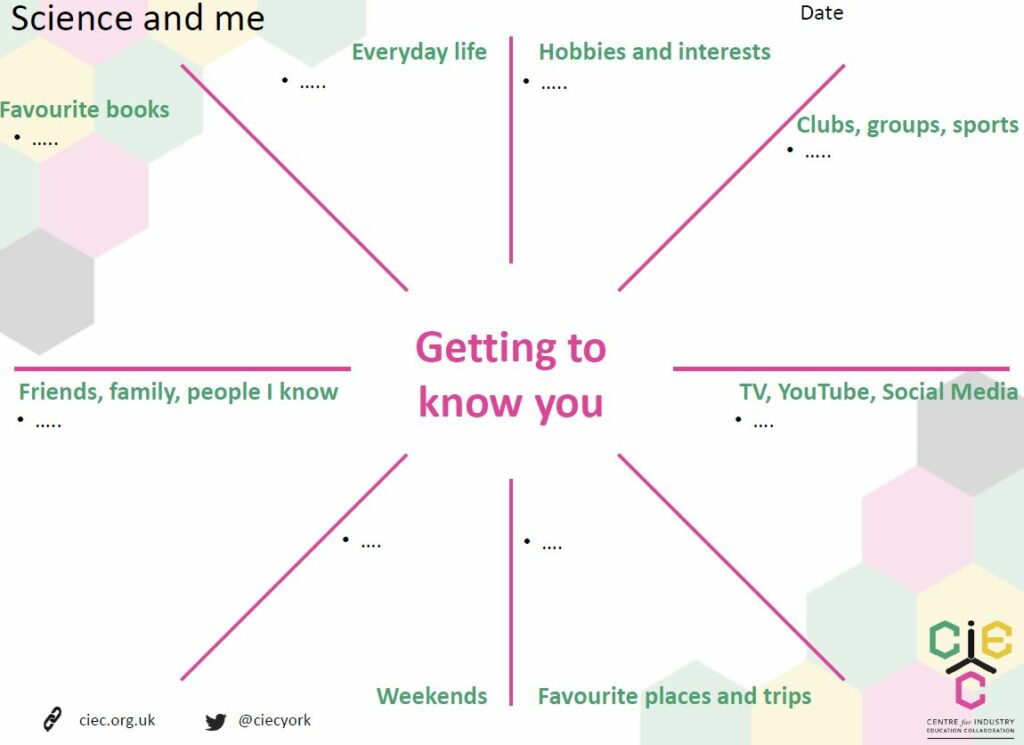On Monday I took six pupils to the STEM Summit at Hilderthorpe Primary School at Bridlington.alongside Mrs Carey our science governor and Mrs Smith one of our parents. As the workshop related to the year four units ‘Living Things and their Habitats’, we took four pupils from year four and also three of our year 5/6 pupils who have been attending the STEM after-school club.
There were six schools present at the summit and all of the pupils took part in a range of activities and listened to speakers who hold different roles in looking after our environment. First of all, the children listened to an informative talk by JP Developers. Russell Page talked about their efforts to be work in a sustainable and eco-friendly way when building new housing developments. The children were really surprised to learn that when they install a new fence, it has a hedgehog hole at the bottom to allow safe transit to all hedgehogs and other small creatures passing through. The children then designed a bug hotel using some of the materials that Russell told us they often had left over in their builder’s yard. Following that, he made an incredibly generous offer to supply and deliver the materials that each school had included in their design. Brandesburton Primary will benefit from this offer and we look forward to arranging delivery of our bug hotel materials in the near future.
Next, a waste officer from East Riding of Yorkshire Council talked to the pupils about reduce, reuse, recycle and the negative effects of landfill and green houses gases. The children listened intently and then completed a worksheet which demonstrated their understanding of the problems facing the environment.
Finally, Duncan, a representative from Vaisala, a weather measurement company, talked to the pupils about climate change and all of the pupils look part in an interactive quiz.
At the end of the summit all of the pupils voted on some environmental initiatives to take back to school and develop. The two most popular ideas were to apply for frees trees to plant through the National Trust and to appoint some waste warriors to work on further reducing waste in school. Our pupils were fantastic ambassadors for our school and were very enthusiastic about their experience. They are very keen to get going on the initiatives back in school and our order for our free trees will be going in very soon!
